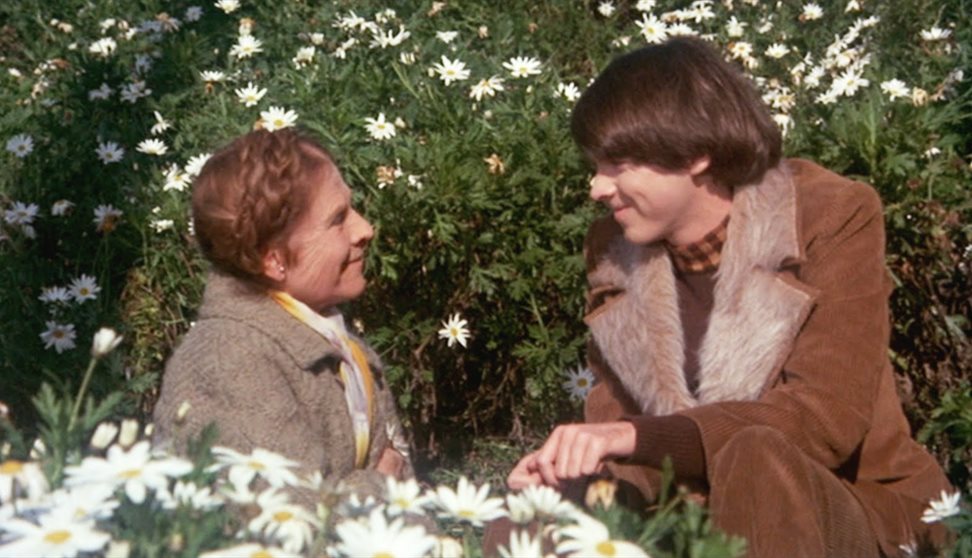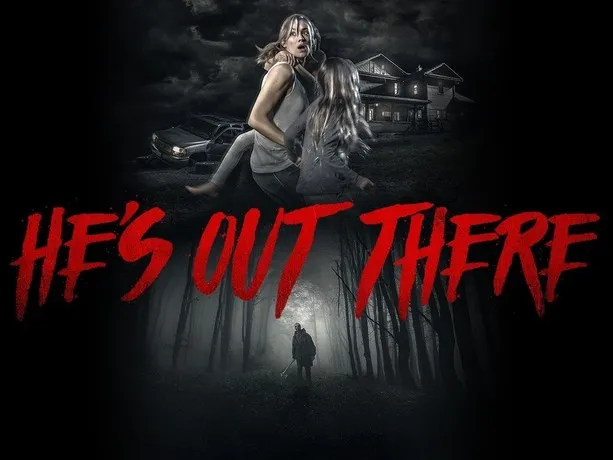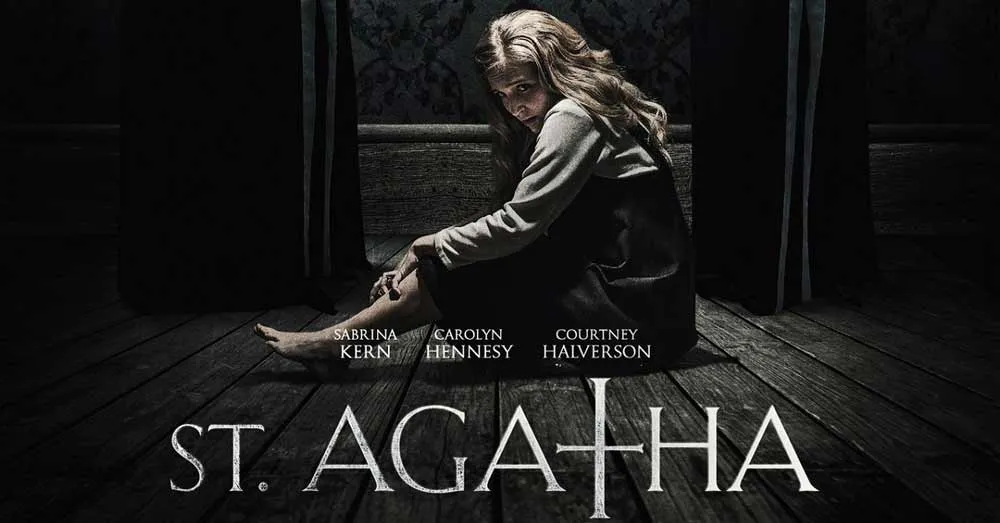Sometimes, love blooms where you least expect it — between two souls from wildly different worlds, finding meaning in life and death.
Harold and Maude is a dark romantic comedy-drama directed by Hal Ashby that defies conventional storytelling by blending themes of mortality, rebellion, and the quest for authentic living. The film tells the unlikely story of Harold, a morbid young man obsessed with death, and Maude, a vivacious 79-year-old woman who embraces life with uninhibited joy.
Harold is a wealthy, introverted, and death-fixated young man who stages fake suicides to shock his detached, materialistic mother and attend funerals for excitement. His life is a bleak performance of melancholy, guided by the strictures of his upper-class upbringing and a fascination with the macabre. This grim existence is interrupted when he meets Maude, a free-spirited septuagenarian with a zest for life that borders on rebelliousness.

Maude lives on her own terms, stealing cars for fun, attending strangers’ funerals not out of morbidity but to celebrate life, and preaching the value of living fully in each moment. Her infectious enthusiasm contrasts sharply with Harold’s gloom, but their connection is immediate and profound. Over time, Maude teaches Harold to find joy in the present and challenges his obsession with death.
The film’s narrative is a delicate balance of humor and poignancy, using their unlikely romance as a metaphor for life’s unpredictable beauty. It challenges social norms and generational expectations, particularly around age, love, and the meaning of existence.
Thematically, Harold and Maude explores death as a catalyst for life, the rejection of societal conformity, and the liberation found in embracing one’s true self. The characters’ interactions reveal a deep philosophical underpinning: that life’s value comes from authenticity and connection rather than adherence to social expectations.
The performances are outstanding, especially Ruth Gordon as Maude, who brings warmth, wisdom, and mischievousness to her role. Bud Cort’s portrayal of Harold captures the awkwardness and melancholy of youth while gradually revealing a yearning for freedom and love. Their chemistry is the heart of the film, grounding its surreal and darkly comedic moments in genuine emotion.

The film’s direction and cinematography complement its themes perfectly. The muted, vintage color palette evokes a melancholic yet whimsical mood, while the soundtrack, featuring Cat Stevens’ reflective and uplifting songs, enhances the film’s emotional resonance.
Critically, Harold and Maude initially faced mixed reactions but grew to become a cult classic beloved for its originality and heart. It resonates with viewers who feel alienated or disillusioned with conventional life paths, offering a message of hope and liberation.
The film also delicately addresses themes of suicide and mental health without glamorizing despair. Instead, it offers a transformative view: confronting death can lead to a fuller appreciation of life.

Its ending is both surprising and deeply moving, encapsulating the film’s core message about the enduring power of love and the importance of living authentically until the very end.
In conclusion, Harold and Maude is a timeless exploration of life, death, and love that transcends genre and era. It invites audiences to reconsider what it means to truly live and love, reminding us that sometimes the most unlikely relationships teach the greatest lessons.



